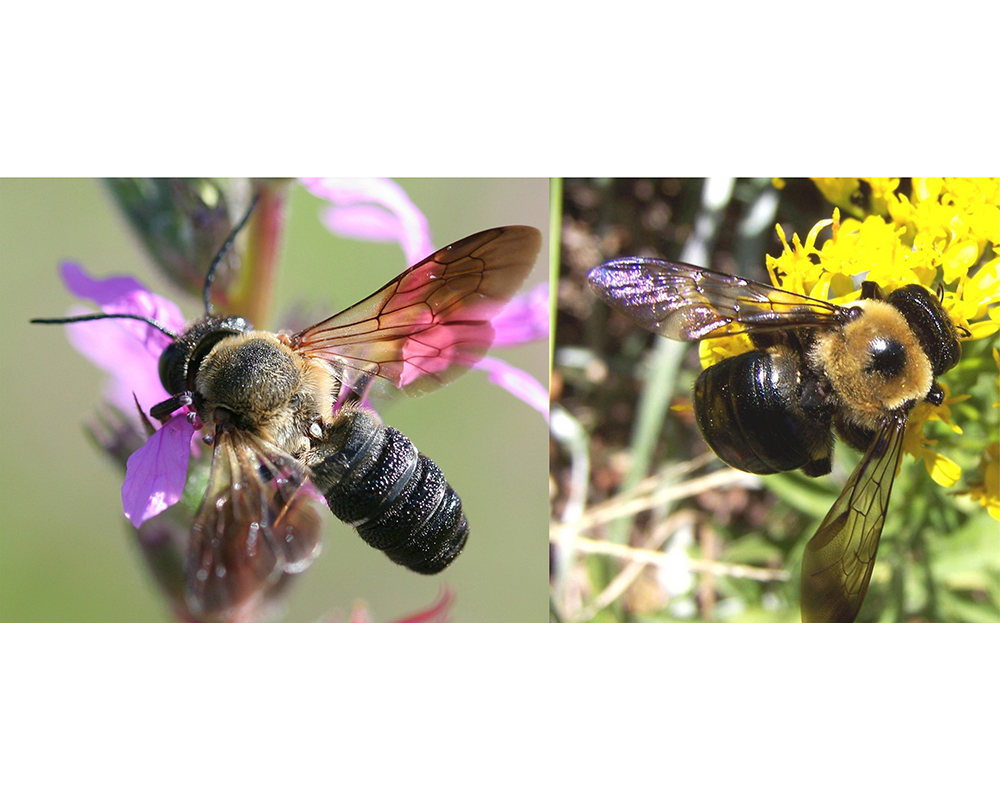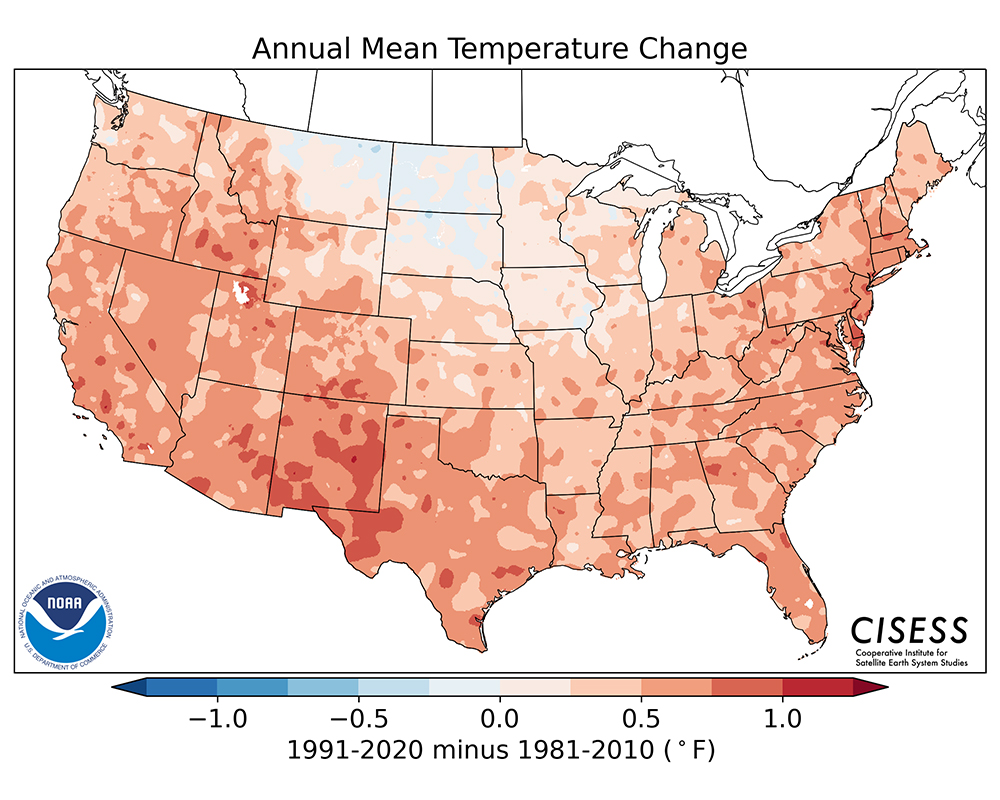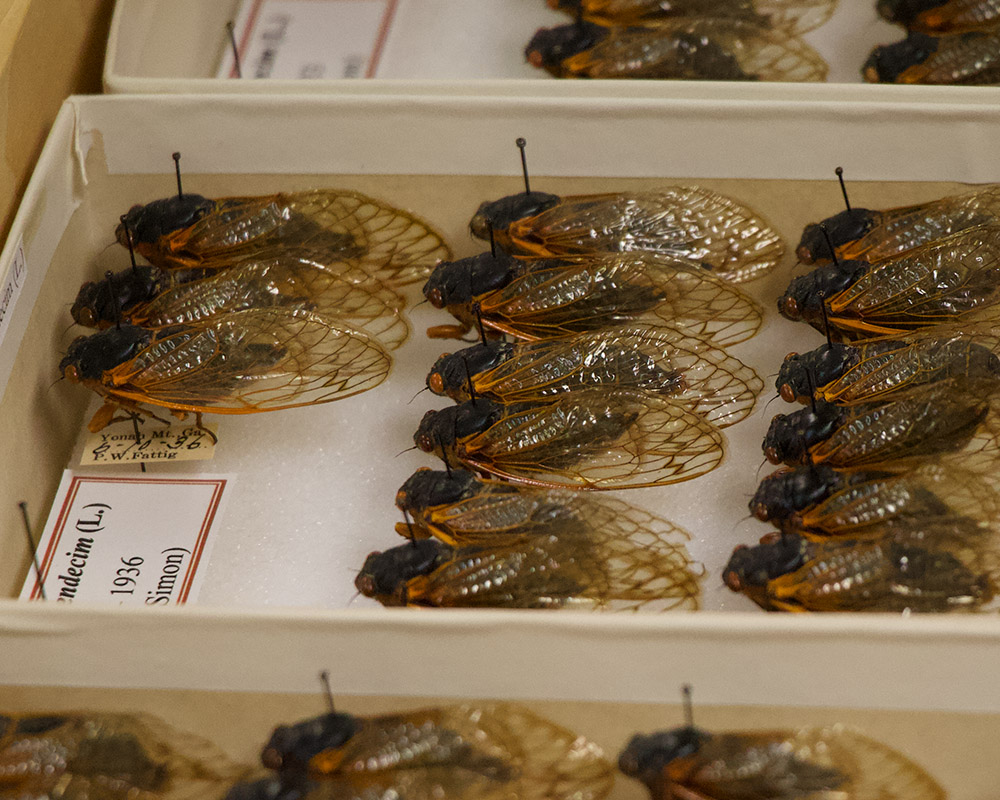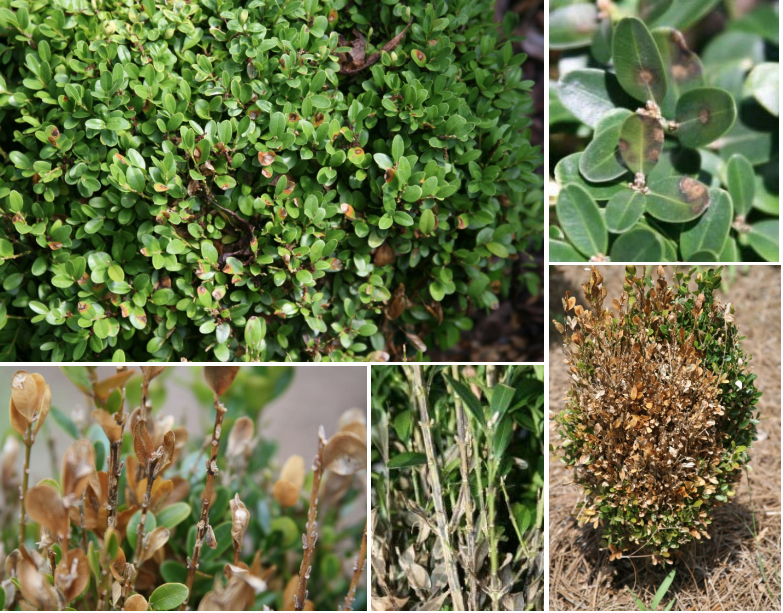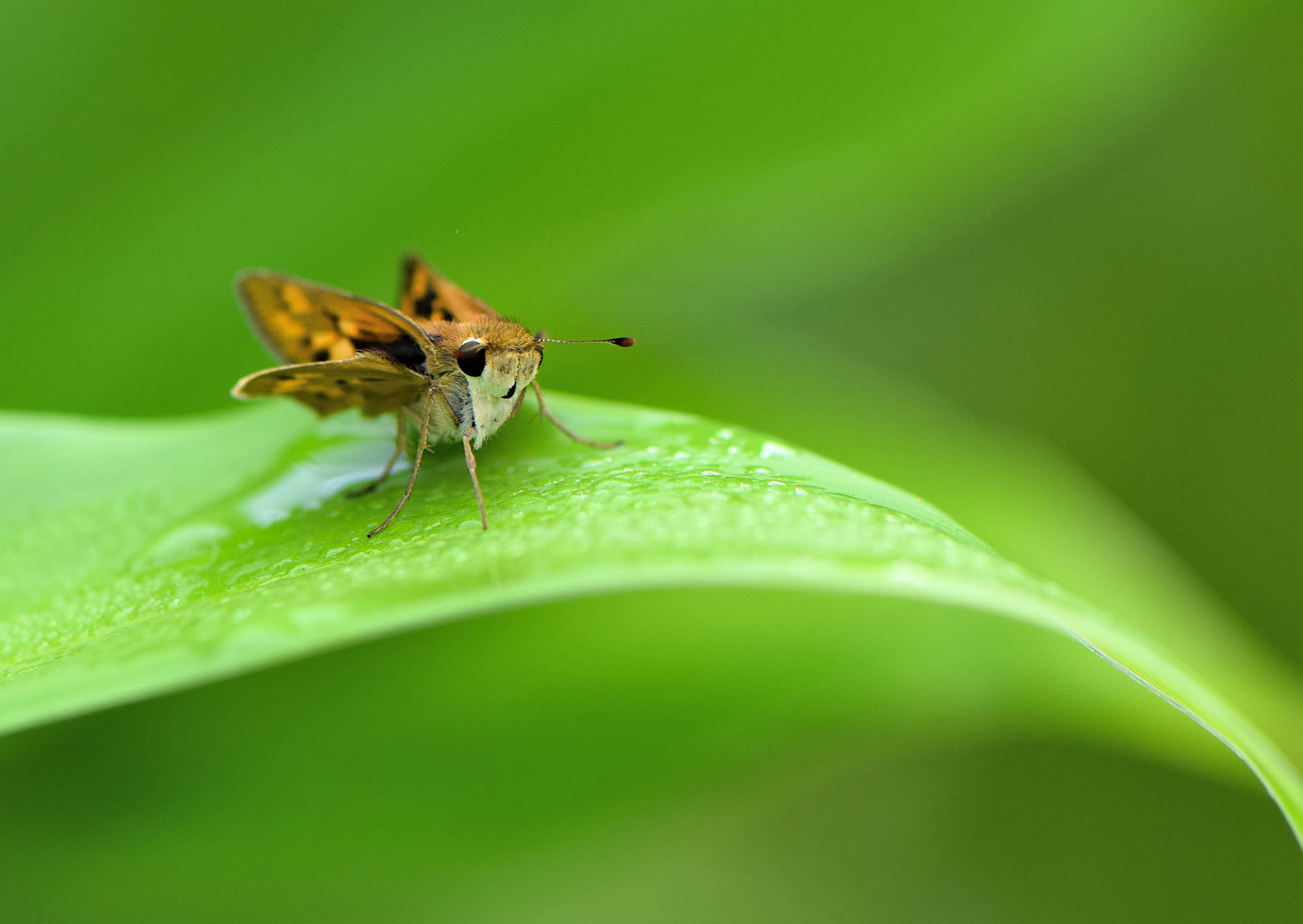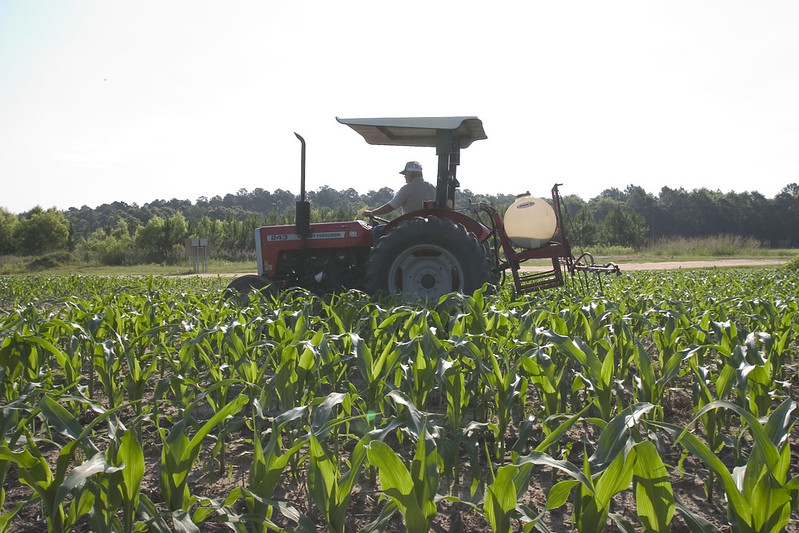 CAES News
CAES News
Organic Pest Control
The hot, humid climate in the Southeast lends itself to nearly year-round insect, weed and disease pressure, and growing is especially tough if you’re an organic farmer.

.jpg)
